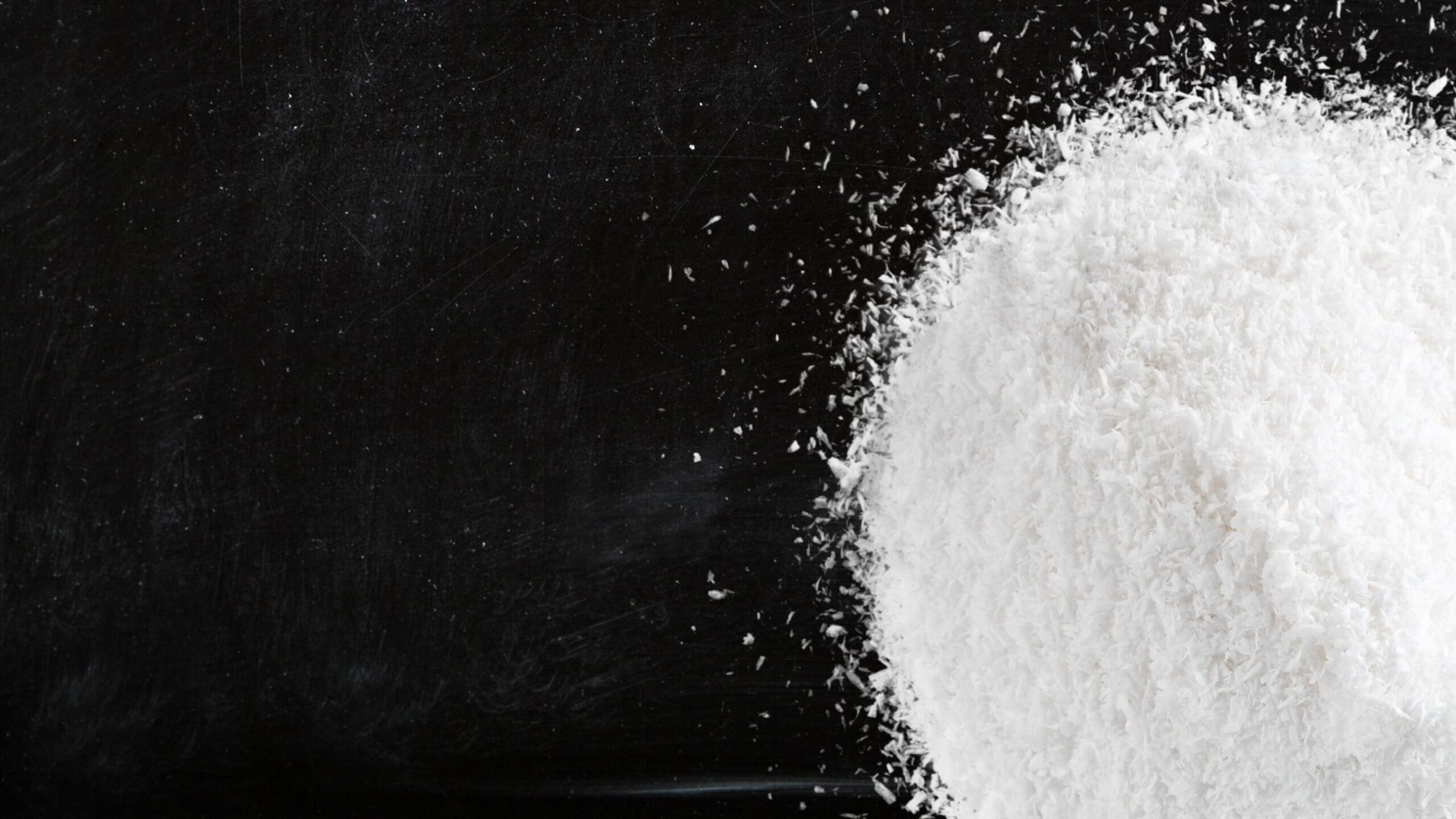Background
Cyclic volatile methyl siloxanes (cVMS) are vastly used on formulations of consumer products, including cosmetics. These substances have become a subject of environmental contamination and risk assessment due to their widespread use and occurrence in different environmental matrices.
On 2018, the Commission adopted Commission Regulation (EU) 2018/35 restricting the placing on the market of D4 and D5 in rinse-off cosmetic products. In the same year, the European Chemicals Agency (ECHA) considered D4, D5 and D6 as substances of very high concern (SVHC). D4 was identified as having persistent, bioaccumulative and toxic (PBT) properties. D5 and D6 were also identified as having PBT properties when they contain 0,1 % or more by weight of D4.
On May 22, 2019, the Commission published an amendment to the Cosmetics Regulation (Commission Regulation (EU) 2019/831), which placed D4 in the Annex II (list of substances prohibited in cosmetics).
Following D4 prohibition, D5 was updated for rinse-off cosmetic products, that must not contain a concentration of D5 higher than 0.1%. In leave-on cosmetic products, D5 was not restricted.
These restrictions for D4 and D5 also apply to the UK. The upcoming limits will not directly apply in the UK. In March 2023, the Health and Safety Executive (HSE) opened a call for data to gather information on cyclosiloxanes to evaluate whether to restrict them under UK REACH further.
What’s new?
Commission Regulation (EU) 2024/1328 complements and extends the current restrictions.
Since D4 is already banned under Annex II of the EU Cosmetics Regulation, its prohibition remains. D5 restriction on rinse-off products remains the same and is now restricted in leave-on products at the same maximum concentration. D6 will now be restricted to concentrations bellow 0.1% in both rinse-off and leave-on cosmetic products.
What now?
Cosmetic products containing these substances shall not be placed on the market in concentrations equal to or greater than 0.1% after June 6, 2026. For leave-on products, these restrictions apply from June 6, 2027.








